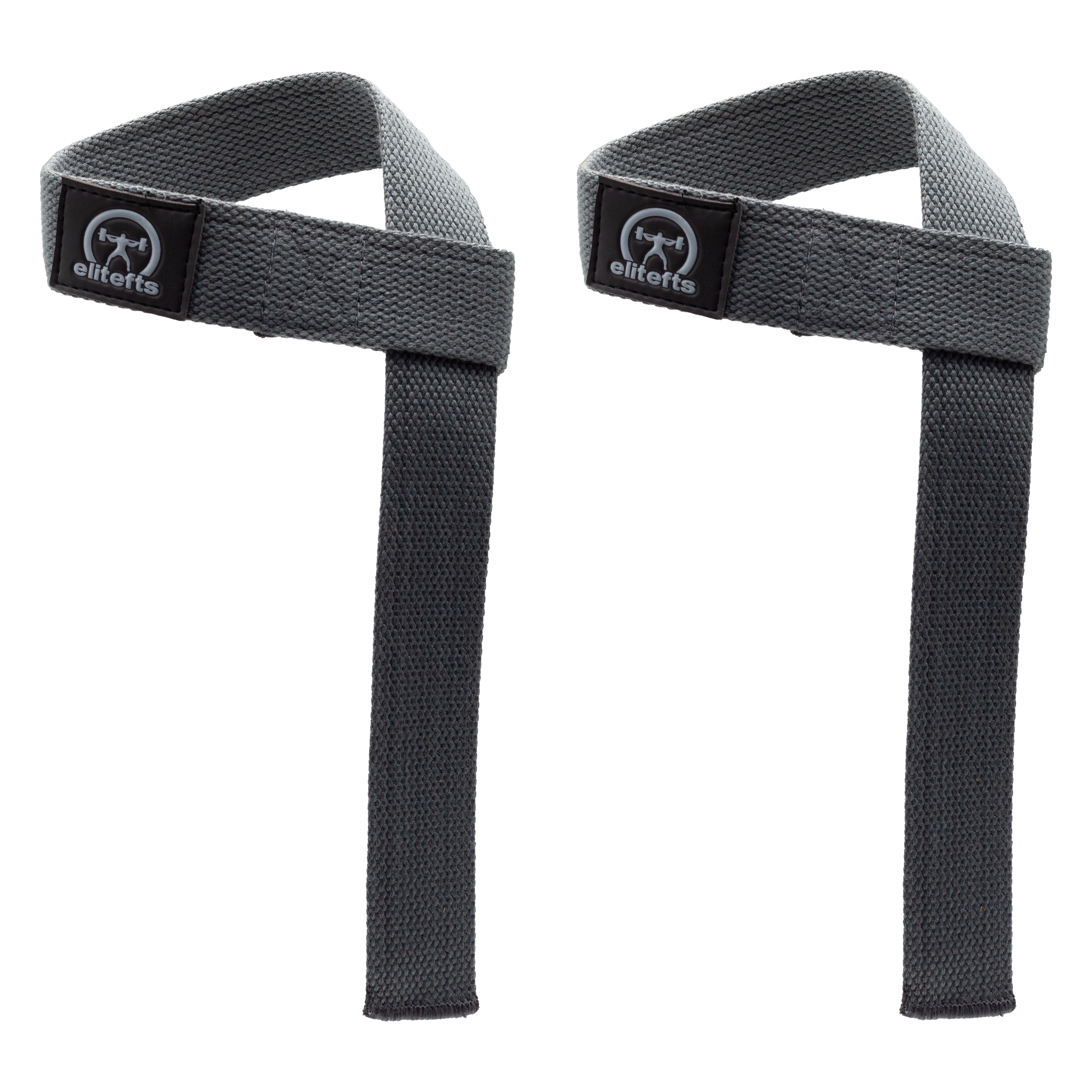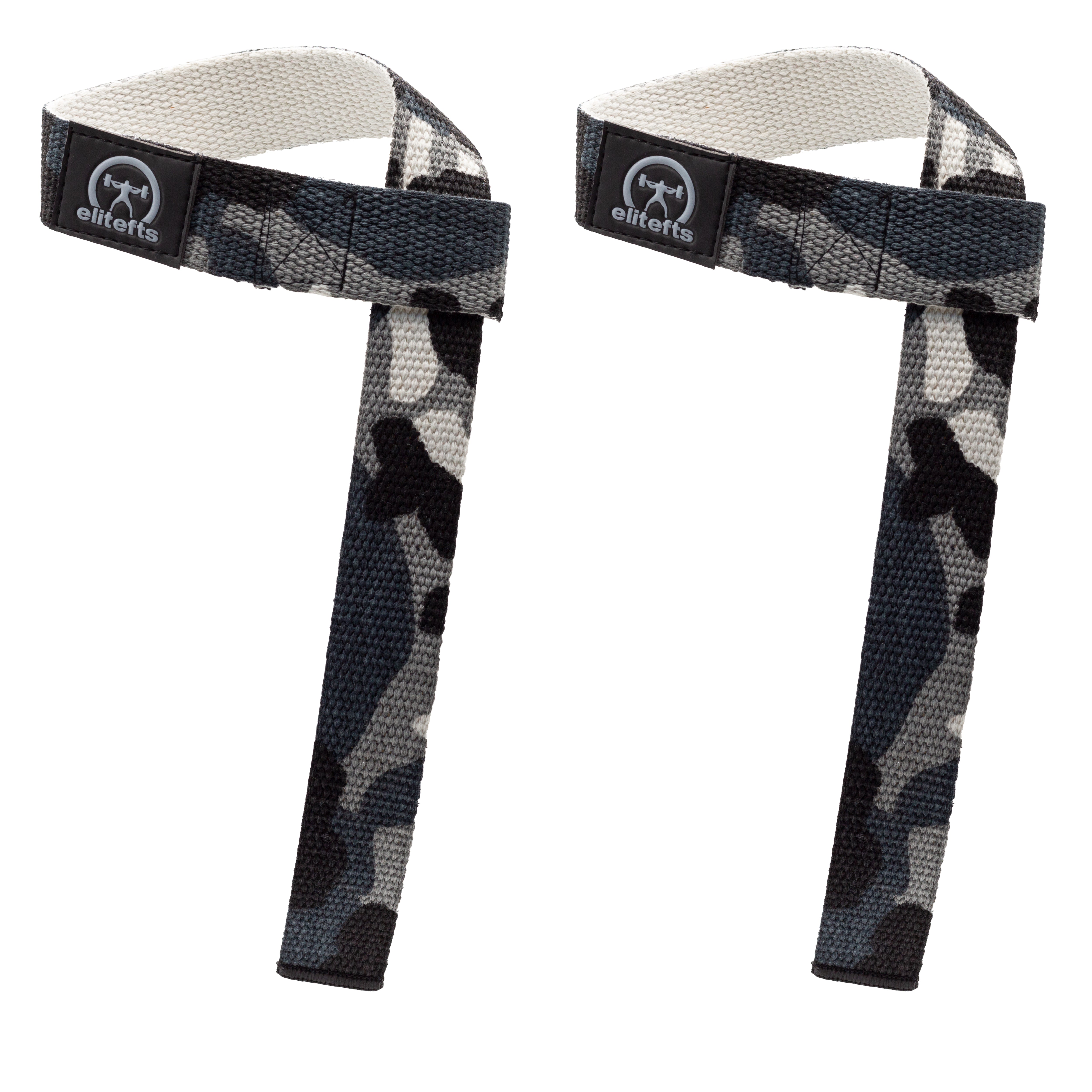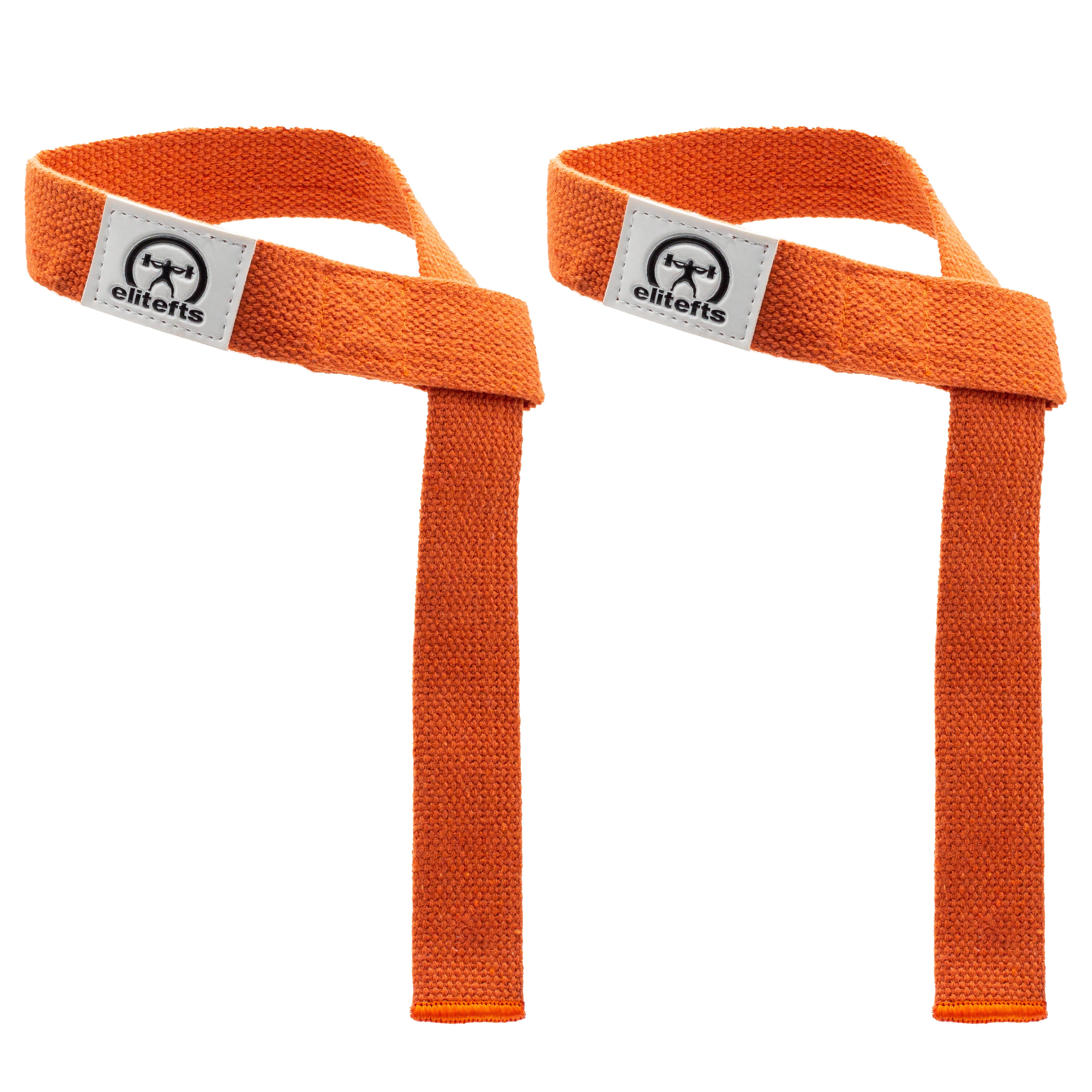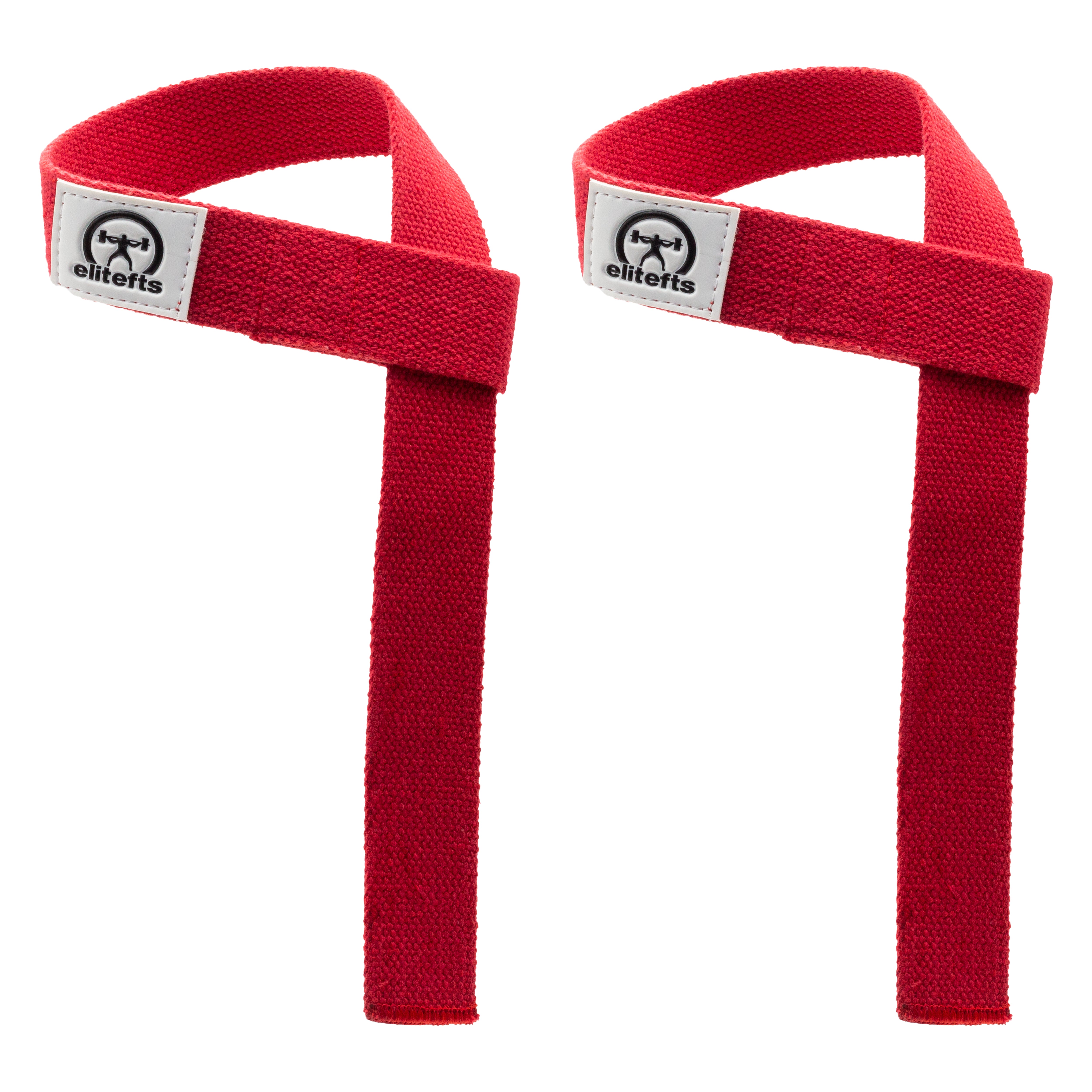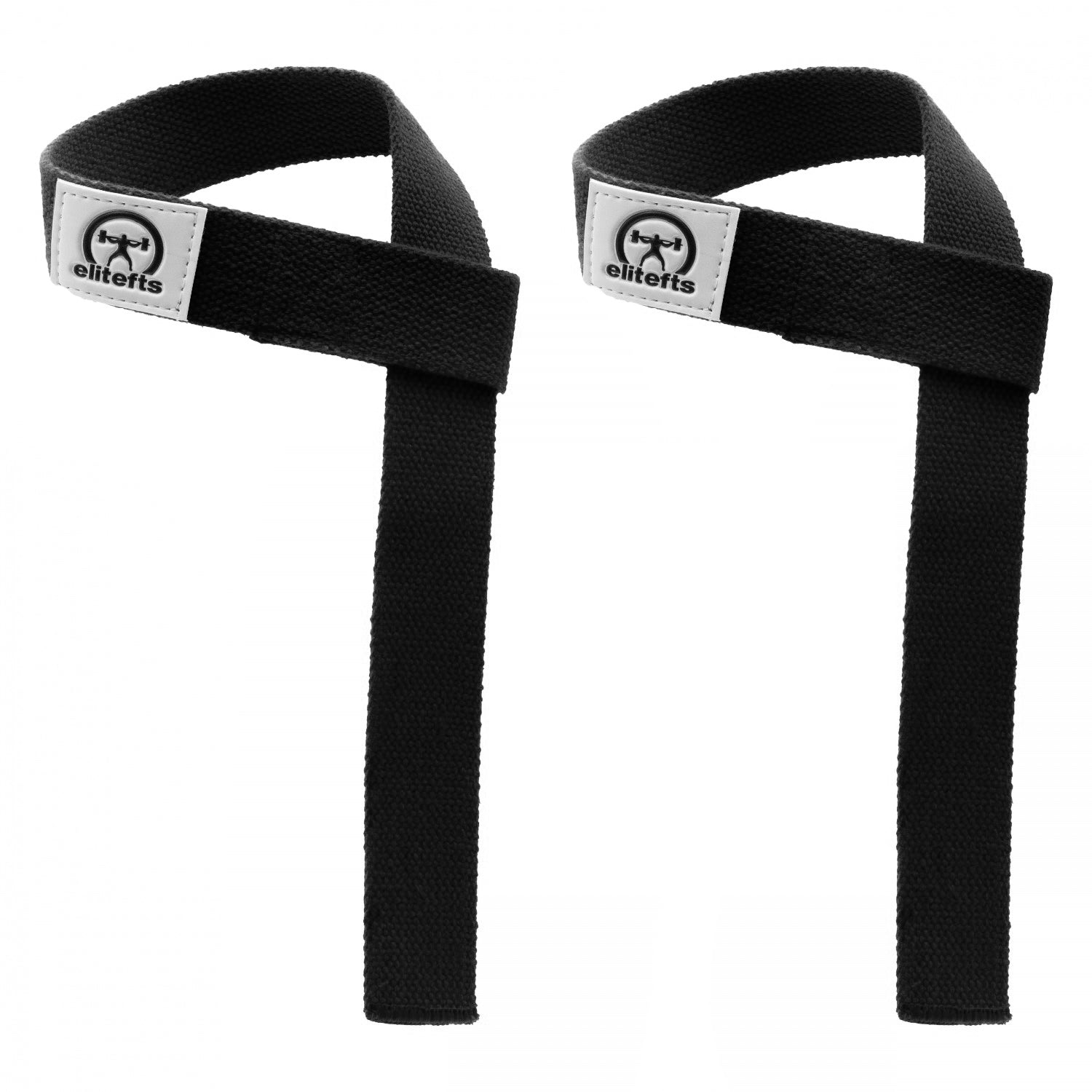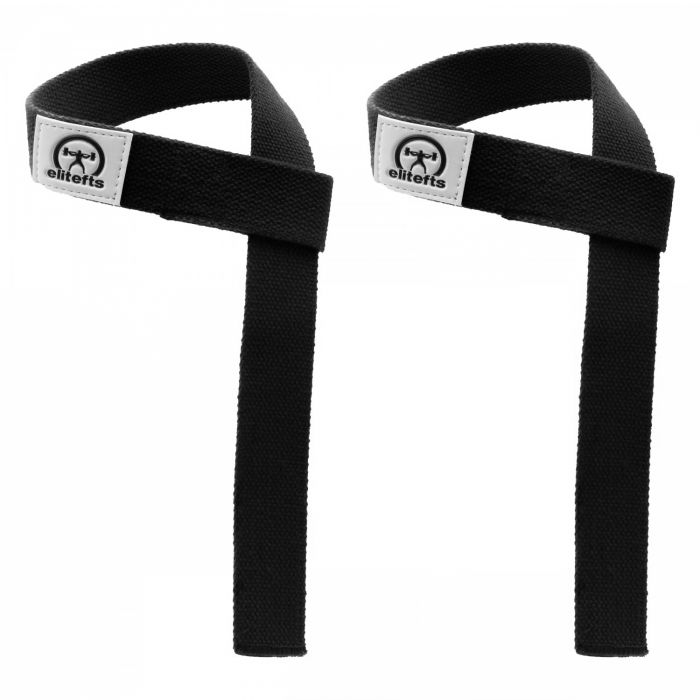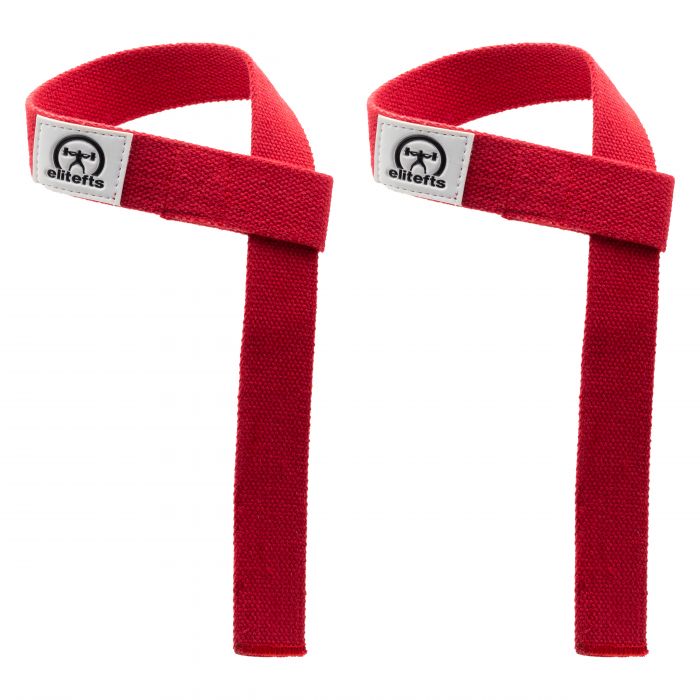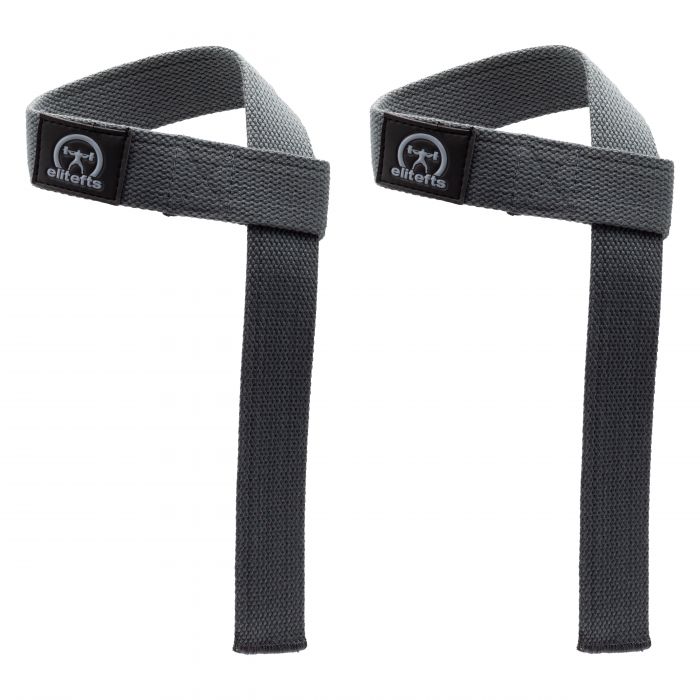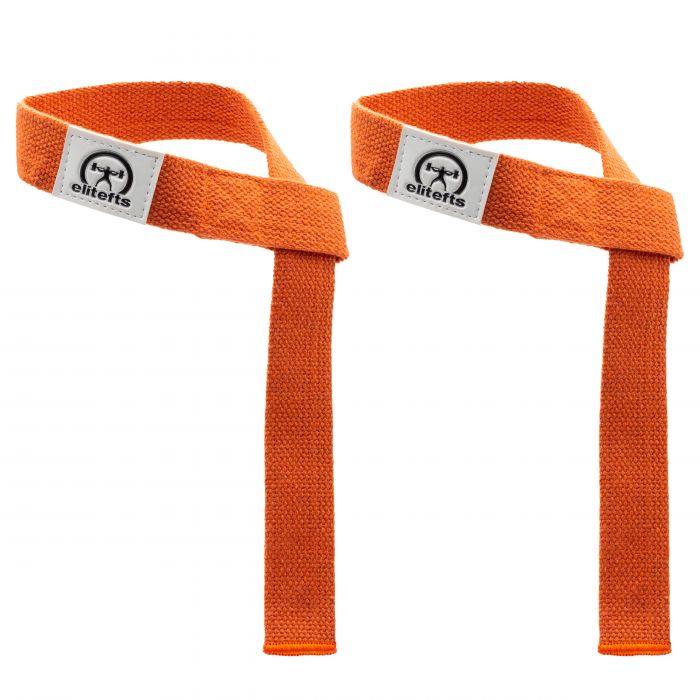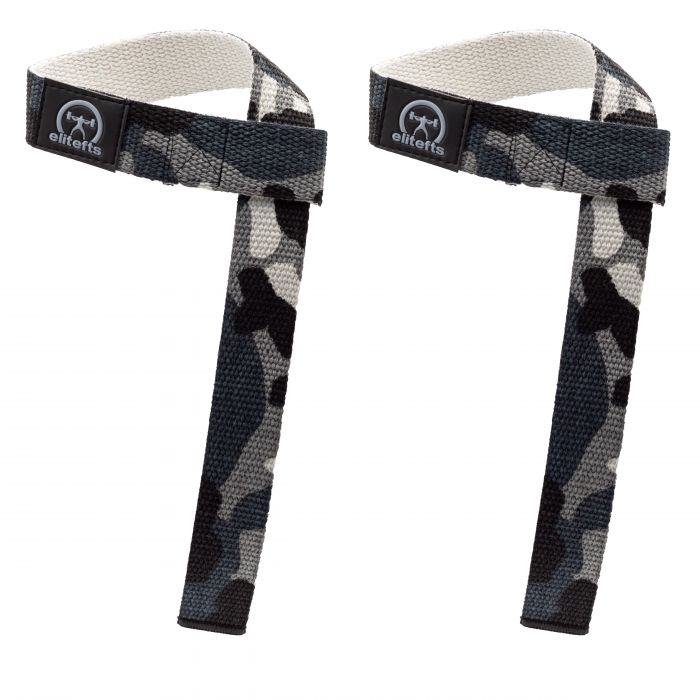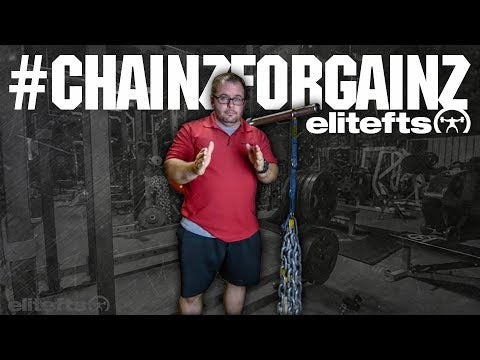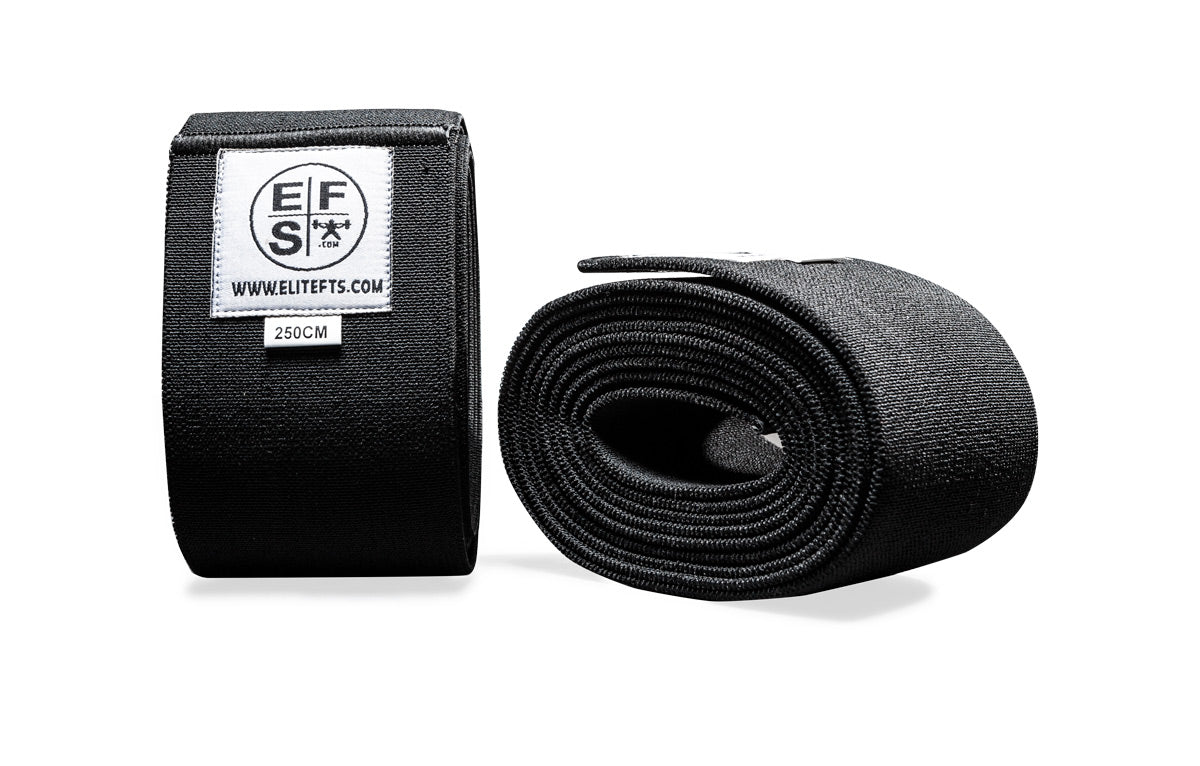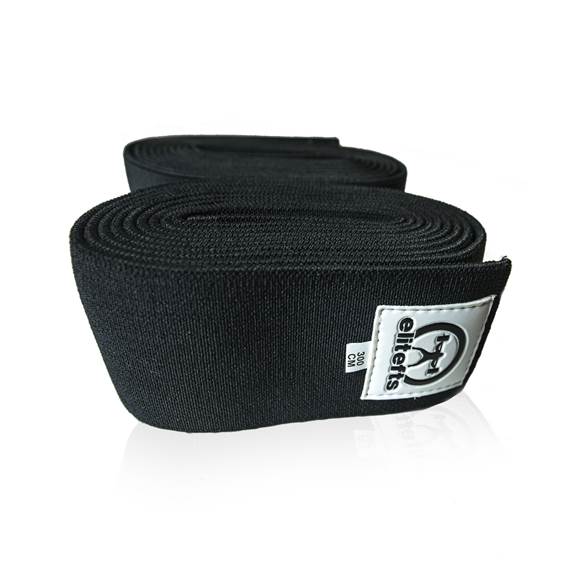Training with Purpose
In my last column, I talked about defining goals of the training process as well as establishing a general framework to work toward these goals. However, to further understand which loading parameters and systems of training can appropriately fit, it may be necessary to define preparatory and competitive periods in the training. The focus of this article is to define both of these periods as well as provide context to each. In addition, I'll examine examples of systems that can have a place in these periods as well as how to adjust programming for the individual needs of the lifter.Idea behind these periods
In strength sports, some lifters fall into what can be described as “training to train” when there isn't any meet in the near future. During this time, some lifters may jump in with whatever a training partner is doing, perform bodybuilding workouts, pursue other interests outside of lifting, or, for lack of any better word, just go into the gym and mess around without any thought other than that doing something is better than nothing. However, when thinking about the goals of training as a long-term process and not just an eight- to 16-week program leading up to a meet, this isn't the most logical form of planning.When considering the qualities that are needed for powerlifting, powerlifting is comparable to sports from track and field disciplines that have a small amount of needs to address. These sports as well as Olympic lifting have used preparatory and competitive periods. My idea for this came from studying what coaches in these disciplines have done and examining how their programming can work for powerlifting.
Looking at the image taken from Issurin’s Block Periodization 2, we can see how preparatory periods are used for winter and spring trials. This progresses to the competitive period, which involves trial meets that may be used as qualifiers for larger competitions in sports like track and field or swimming. This can apply to powerlifting in a few ways. For a higher level lifter who is looking to compete in large professional or international meets, the lifter may have a smaller meet or two prior to the targeted competition. For the first smaller meet, which may be a local or state level meet, the lifter may be trying some new things in training or, if geared, he may be trying to learn a new shirt or suit prior to the targeted competition. This is similar to the diagram above showing the winter and spring trial meets, as this meet would occur during the preparatory period. For a lower-level lifter, this may involve trying to bring up raw strength prior to concentrating on gear work and the lifter may have either a test day or a raw meet during his preparatory period. Either way, both lifters are using this as a time to use a larger amount of means and different training prior to moving to a more directed period leading up to more important competitions. All of this requires some changes in the programming used.
Preparatory period
In general, the preparatory period usually has more general forms of preparation, lower relative intensities, and higher relative volumes. A larger complex of exercises may be used, and at times the competitive exercises may either be performed in lower volumes or possibly replaced by a specialized variant. During this period, there may be a diminished focus on training for strength in the competitive movements, but some exercises that could be viewed as corrective or local for certain muscle groups may take a larger volume of loading, depending on the lifter's needs.While this is the general idea of a preparatory period, it is important to keep in mind that if a competition is planned during this period, intensity can still rise accordingly so that the lifter is adequately prepared. However, exercise selection may still include a larger amount of general and specialized movements as opposed to competitive movements. In other words, while the intensity may be rising on the competition lifts, there may still be a lessened amount of volume here to continue to address more areas through a larger amount of general or specialized movements. Also, in the case of a geared lifter who is doing a raw meet, the focus is shifted to a different style of lifting, so the exercise selection is different.
Within powerlifting, it's important to consider training the muscle versus training the movements. The guidelines of the preparatory period seem to emphasize training the muscle and suggest the use of more general movements and a larger complex of exercises. This may be true in some cases but will always depend on the lifter and his qualifications, strengths, and weaknesses. For example, let’s say that we have a lifter who is a former bodybuilder and displays a great amount of strength in isolation movements. He's far from weak in the involved musculature but has poor technique on the competitive exercises. In this lifter's preparatory period, he may place more emphasis on motor learning and break the lifts into segments to correct technical flaws. The intensities on these lifts may be kept low, variations of tempo such as yielding or isometrics may be used, and partial range movements or other specialized variants may be used to address certain portions of the movements. Contrast this with the lifter who either has poor technique due to muscular weakness or has adequate technique but needs to become stronger in certain areas in order to advance. These lifters may need a larger amount of work using isolation movements in the preparatory period to address this.
For the lifter who needs to focus on motor learning, programs that focus on submaximal intensities and the performance of competitive exercises like Sheiko or Korte may help. However, the lifter may need to tweak the volumes, intensities, and exercise selection to fit his needs and his goals for the preparatory period. Certain principles from triphasic training such as submax yielding and isometrics may also help this type of lifter fulfill his need of enhanced performance of the skill. In the case of the lifter with muscular weaknesses, he could use certain aspects of specialized variations or larger volumes of accessory work from templates similar to Westside-influenced methodologies. Breaking the lift into segments as well as focusing on groups of muscles to correct weak areas that cause technical breakdowns could either be programmed concurrently or in a sequence prior to teaching the entire skill. Additionally, certain isolation exercises and rep schemes such as rest pauses popularized by programs such as DoggCrapp and Myo-Reps can be incorporated to address muscle groups.
Preventative or rehabilitative measures could also be addressed in the preparatory period. Using the example of the lifter with possible technical issues, it is possible that something such as tight adductors in combination with weak abductors is causing technical breakdowns like the knees shooting in on the squat. During a preparatory period, the lifter could address this and remedy these technical issues. For lifters with previous injuries or those who are very advanced, a large portion of their preparatory period may focus around preventative and rehabilitative measures to allow them to tolerate the workloads that they will be using during competitive periods of training.
Competitive period
During a competitive period, the complex of exercises starts to decrease, competitive exercises and more specialized variants take up a larger bulk of the training, and intensities may rise. Certain exercises from the preparatory period may be dropped altogether or may be included at lessened volumes or intensities. During this time, lifters start to shift from GPP to SPP.This doesn’t necessarily mean that accessory work should be completely eliminated. Some of this will depend on the length of the competitive period, the number of meets planned, the needs that should be addressed, and so on. Looking at the diagram posted earlier, the lifter, if using a system similar to a block model, could still have numerous blocks leading up to multiple meets emphasizing certain qualities, which may include varying amounts of general, specialized, and competitive movements for each meet. Much of this will depend on the individual lifter's needs. In addition to exercise selection, the lifter should also consider intensities and volumes and how they are applied to exercises.
Another consideration is gear. In the case of the lifter who competes geared but chooses to focus on raw strength during his preparatory period, he should start with a few blocks of training in either loose or limited gear and then transition to tighter, competition style gear. Technical mastery of the equipment may take a higher priority and some of the strength work in terms of raw lifting may take on a diminished amount of the total training load.
With all of this in mind, some of the considerations will depend on the lifter and how many meets fall in a true competitive period. Let’s use the case of a lifter who has a qualifying meet for his targeted meet. This splits the competitive phase into two parts, with one meet as a “trial” and the other as the meet that the lifter truly wants to peak for. In this case, the early part of the competitive period still features a larger complex of exercises leading up to the qualifying meet. After this, training may become more directed to peaking with higher levels of specialized and competitive exercises.
As far as what types of programming can work here, it really depends. For a lifter who is already strong but needs to become more technically efficient, especially in gear, it's important to use systems that focus on this aspect. Programs that focus on the technical performance of lifts such as variations of block models, Sheiko, Korte, and so on can have their place. The lifter could also use methods of the Bulgarian approach or Metal Militia style programming. However, these styles are intensity based and may not work for extended periods of time or suit all levels of lifters. They can be applied at times to increase loading and may still be viable options. For lifters who have good technical abilities but want to intensify the training as the meet nears and use specialized exercises to attack weak areas, a system with principles based off similar principles to Westside may have its place. However, it's important to balance the volume and make sure that the chosen lifts will transfer to the platform.
Example of a preparatory and competitive outline
To give a little more context, here's an outline of some focal points for both preparatory and competitive outlines for a lifter. I'll use a lifter who fits the following profile:Lifter A:
- Competes geared.
- Goal is to compete in a national level meet but needs to qualify.
- Plans to compete in three meets in the next year—a local meet that a friend is running, a state level meet that is a qualifier, and a national level meet (granted he hits the total that he needs at the state meet).

From here, the needs analysis from the first series can be used for each lift.
Lifter A: Large scale goal—compete in a national meet, needs to total X amount to do so.
Squat needed is X amount
- Lifter A is technically sound in the squat both raw and geared.
- Lifter A needs to strengthen the bottom end of the squat.
- Lifter A could use more strength in the hamstrings, glutes, and quads.
- Lifter A is a technically sound shirted bencher but has a poor raw bench.
- Lifter A is weak through the delts, pecs, and triceps.
- Lifter A needs direct work for the delts, pecs, and triceps and needs to get stronger. Technique in the shirt isn't a missing link.
- Lifter A pulls sumo and will lock out anything that breaks the floor.
- Lifter A's completion of the lift is contingent on starting position. When technique is on, the lift is never missed.
- Lifter A's technique is solid but in gear the setup can be hit or miss.

With the above variables for this lifter in mind, a viable preparatory and competitive plan may look like this:
Preparatory: During this period, the lifter will focus on a large complex of exercises to address the weaknesses and issues for each lift.
- To address the squat, direct work for the hamstrings, glutes, and quads should be emphasized. This can include glute ham raises, leg curls, glute and hamstring bridges, leg presses, close stance squats, single leg squats, low box squats, and so on. Competitive squat may take a lower volume.
- To address the bench, lower amounts of competition style benching will take place. A larger amount of raw work will take place as well as movements such as close grip, incline, floor press, dumbbell press variations, flies, triceps extensions, push-downs, raises, and so on.
- To address the needs of the deadlift, focus on technique and correct setup on every rep will make up the bulk of the training.
- With a meet during this period, the lifter could choose to compete raw if he wants to assess raw strength increases. Conversely, the lifter could choose to compete geared while assessing if new movements used during the preparatory period have a transfer to the platform.
- Technical emphasis will start to take precedence.
- Work in gear will gradually increase as well as specialized movements that have transfer to the lifter’s technique and needs.
- Some general movements such as isolation work listed for the squat and bench during the preparatory period may decrease or be replaced completely.
- With two meets planned, the goal will be to hit qualifying totals and lift conservatively at the first meet. The second meet will be the targeted competition.
- Because of this, the first meet may be designed as part of a training cycle as opposed to a tapered and peaked meet if qualifying numbers are easily attainable.
Conclusion and notes for part three
When preparing for powerlifting meets, many times lifters have tunnel vision and don’t look at the bigger picture. It's easy to get caught up in individual meets or training sessions. However, understanding how to plan out a long-term approach and prioritize certain aspects can lead to a higher level of success. When comparing similar disciplines such as weightlifting or track and field, it's easy to see that priority should be given to certain contests and best efforts should be made at the largest meets. Believing that every meet can be a PR isn't realistic. By designing preparatory and competitive phases, lifters can properly program their training peaks.In my next column, I'll examine how to fit certain programs into a larger framework with consideration to a logical system of planning and transitioning.


























































